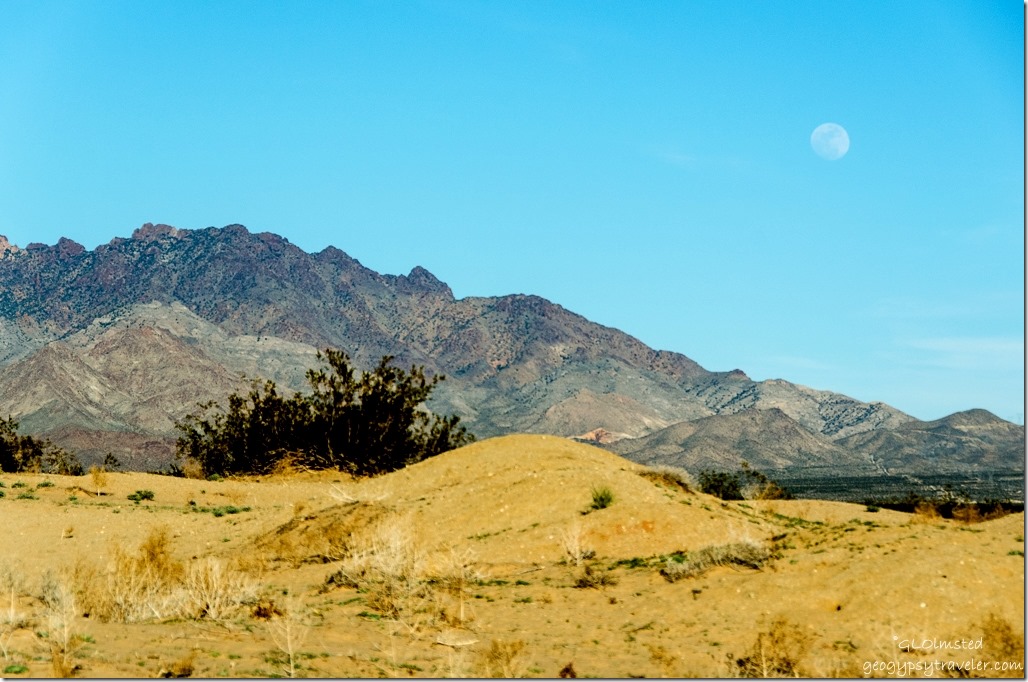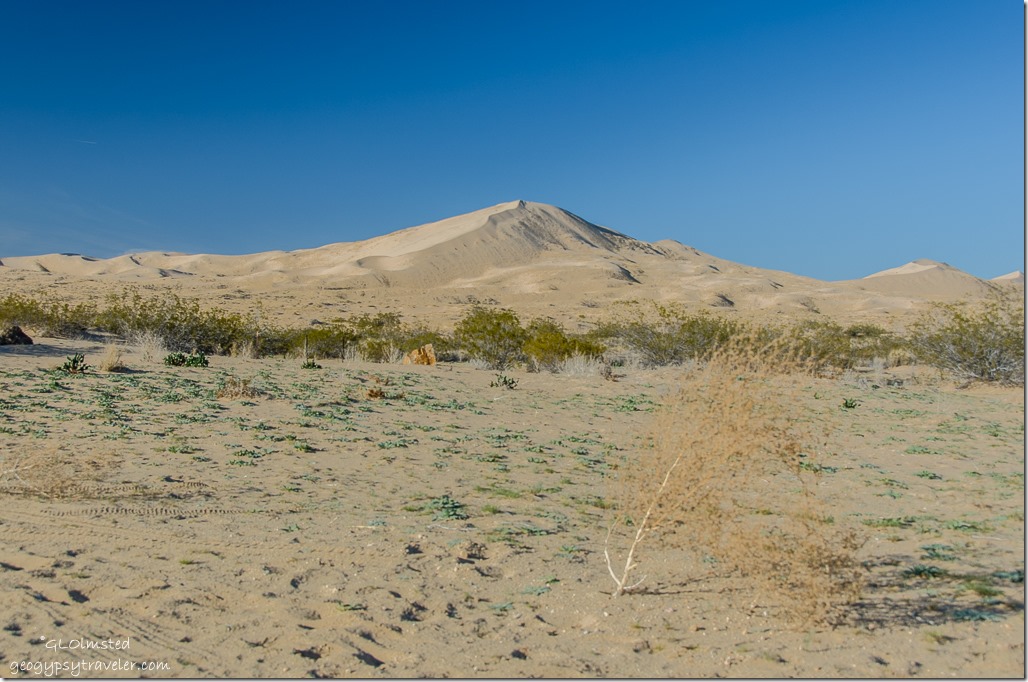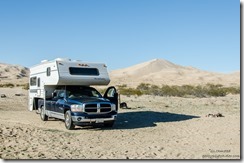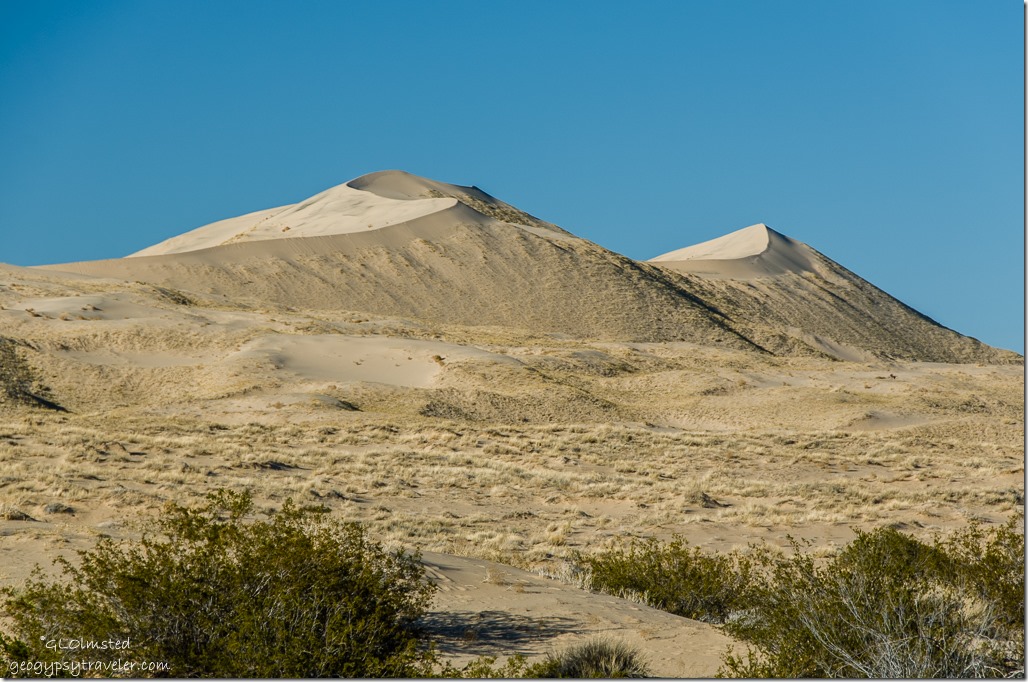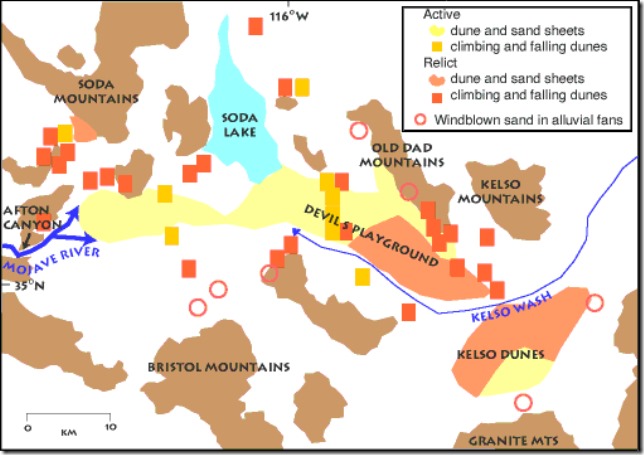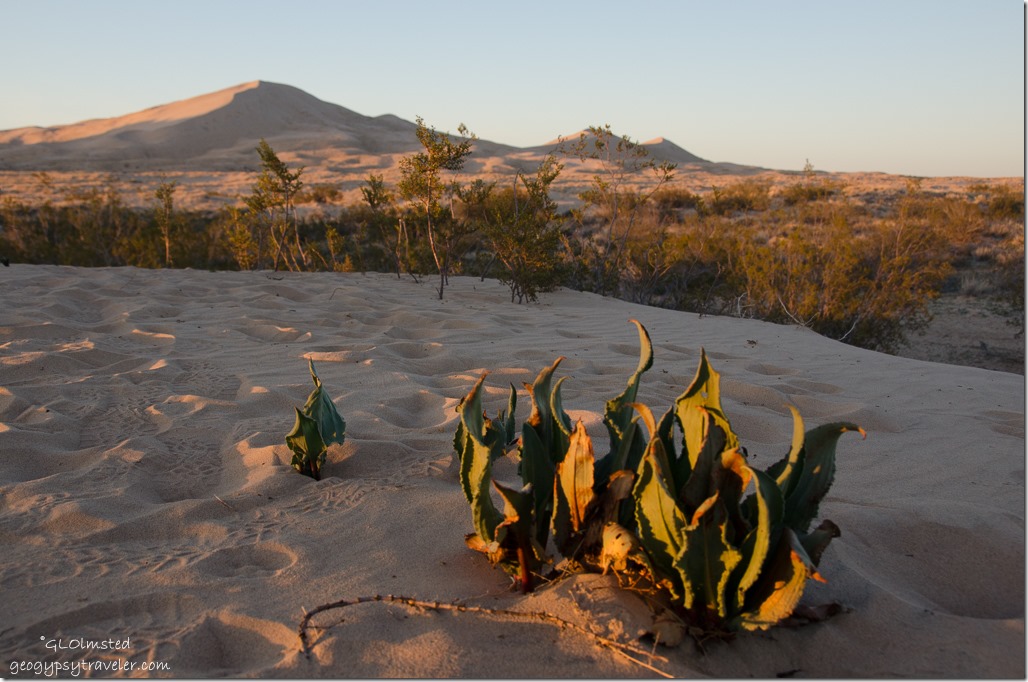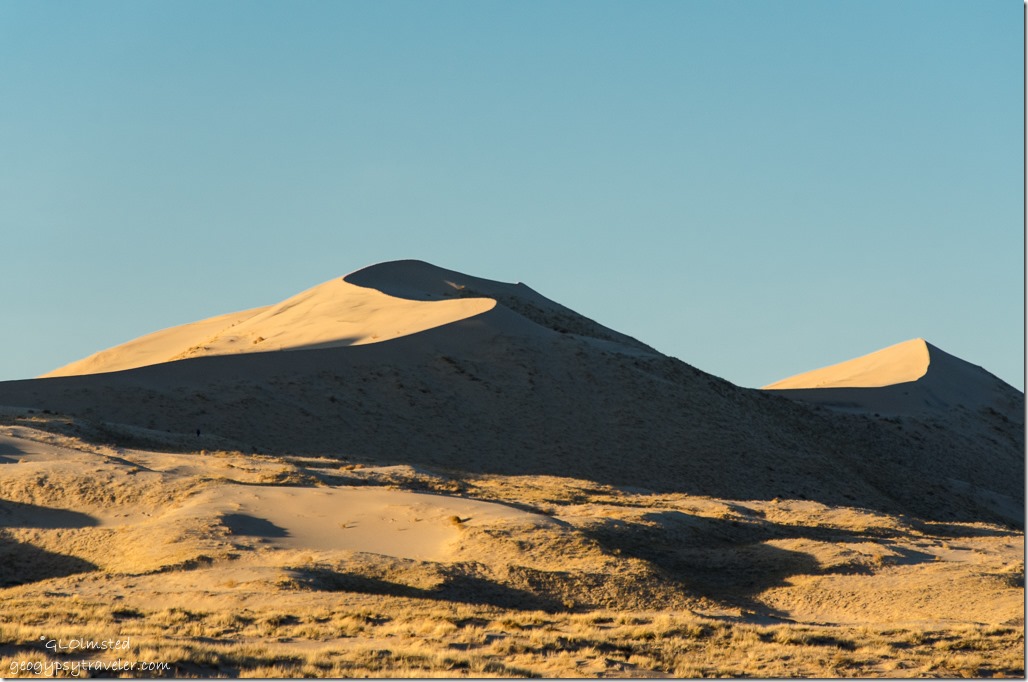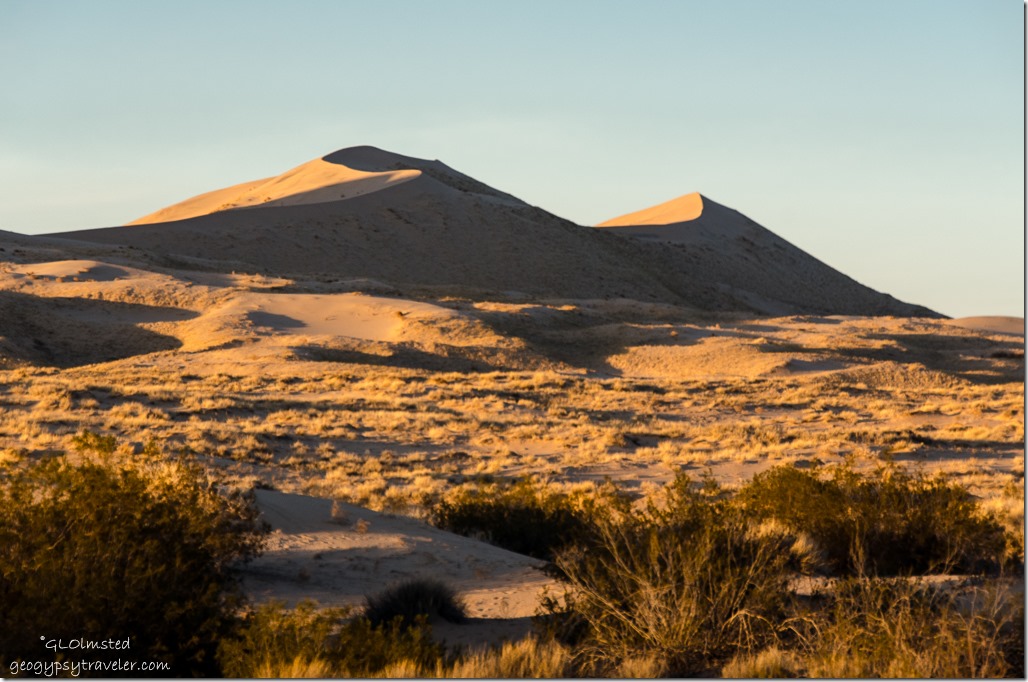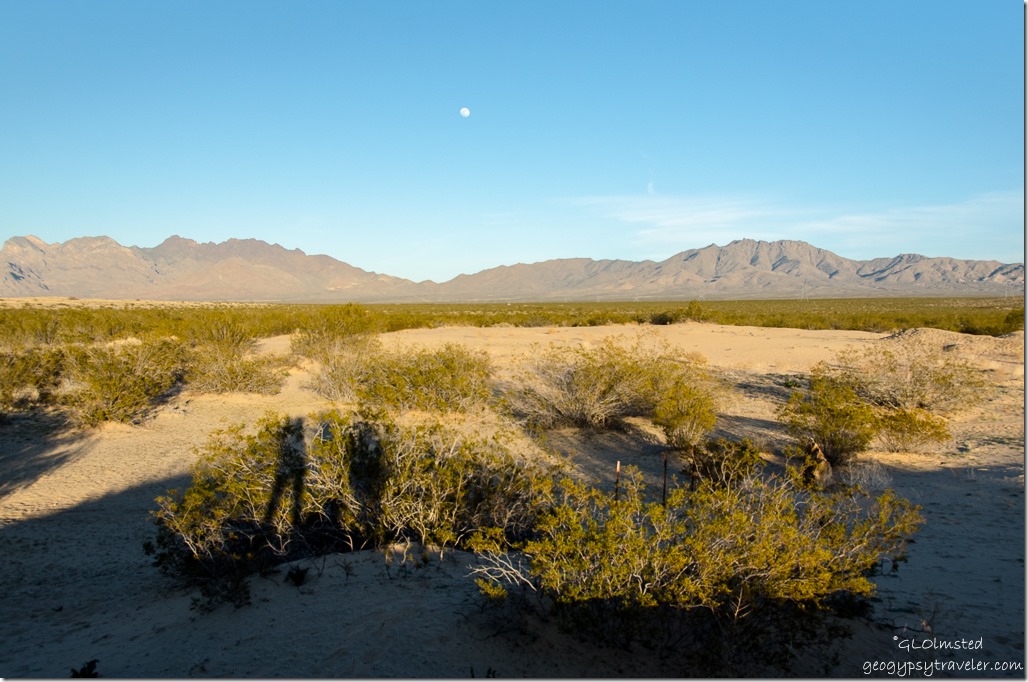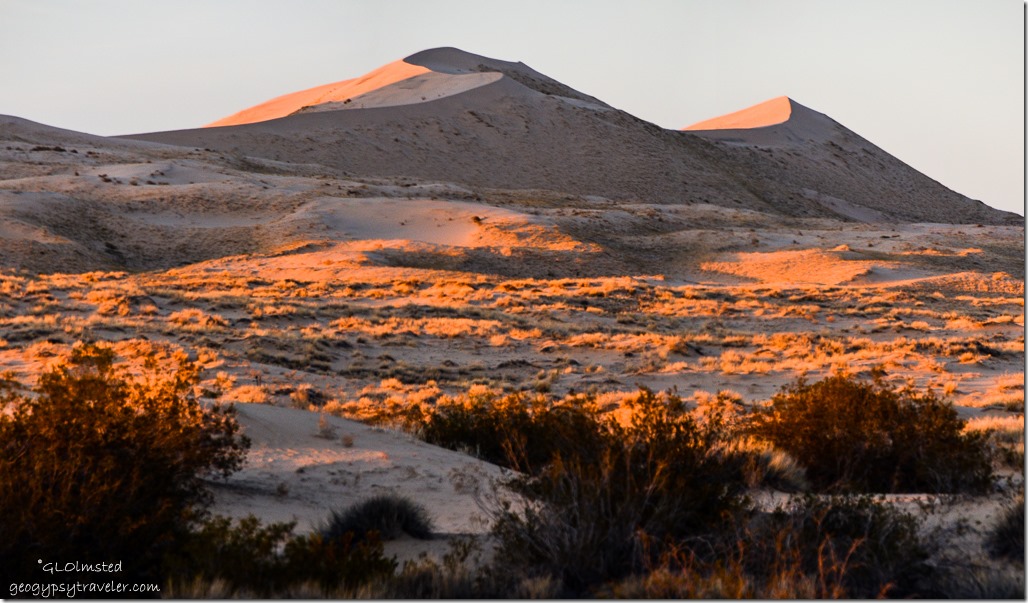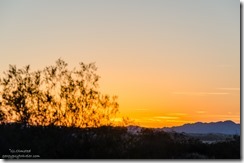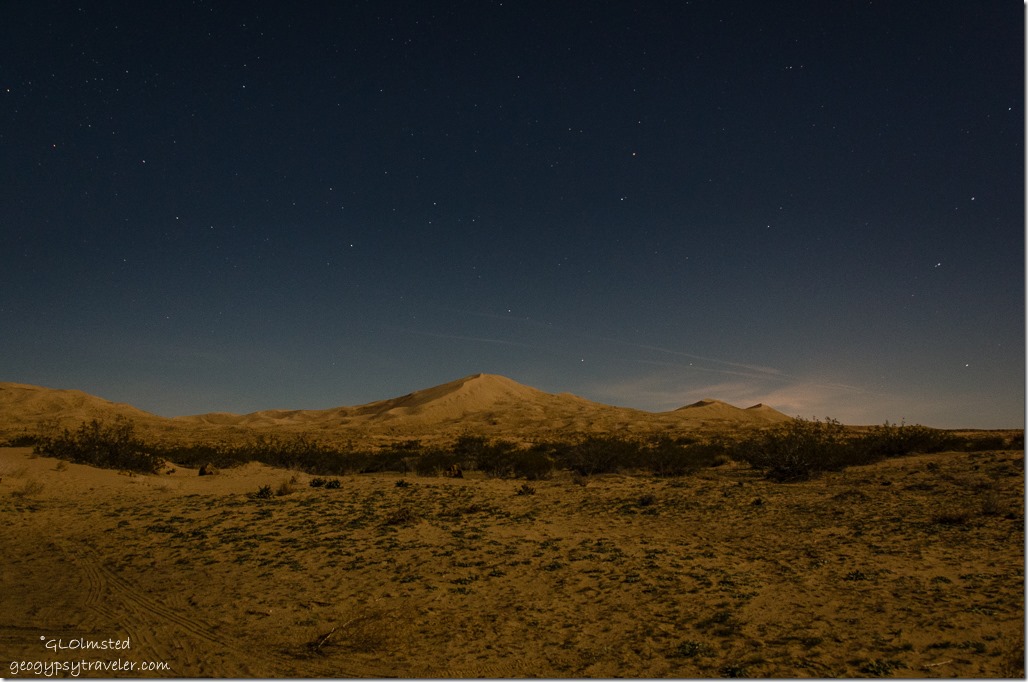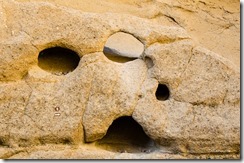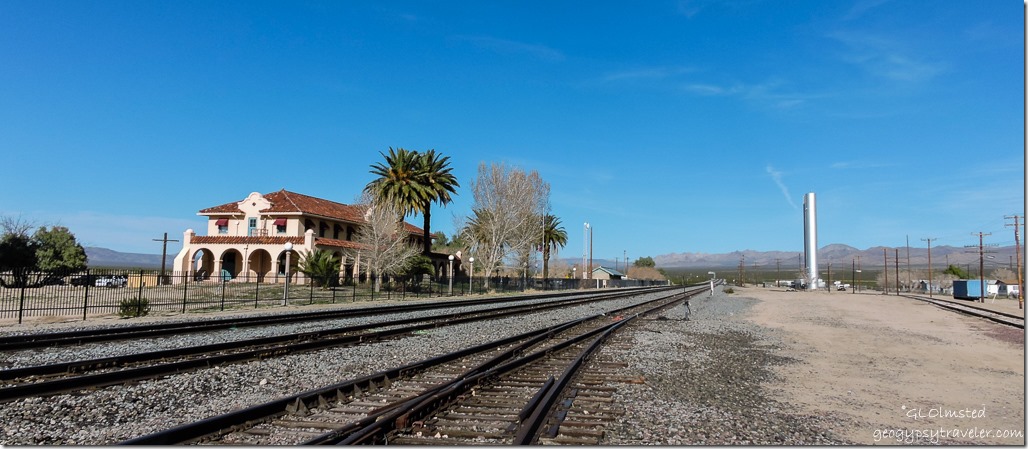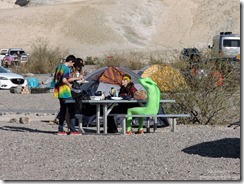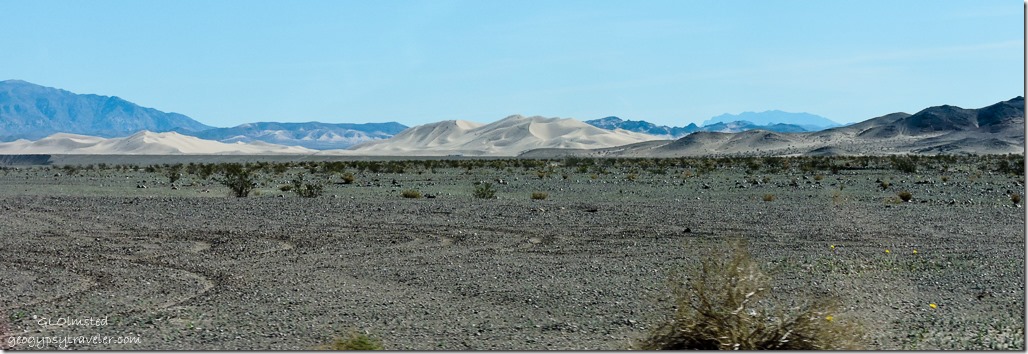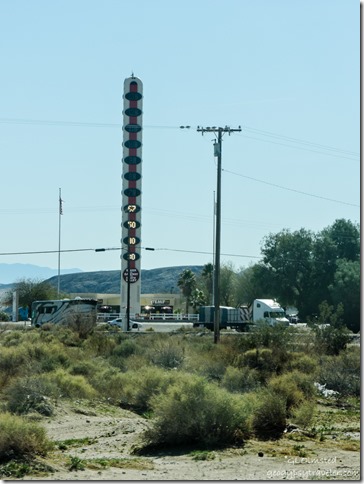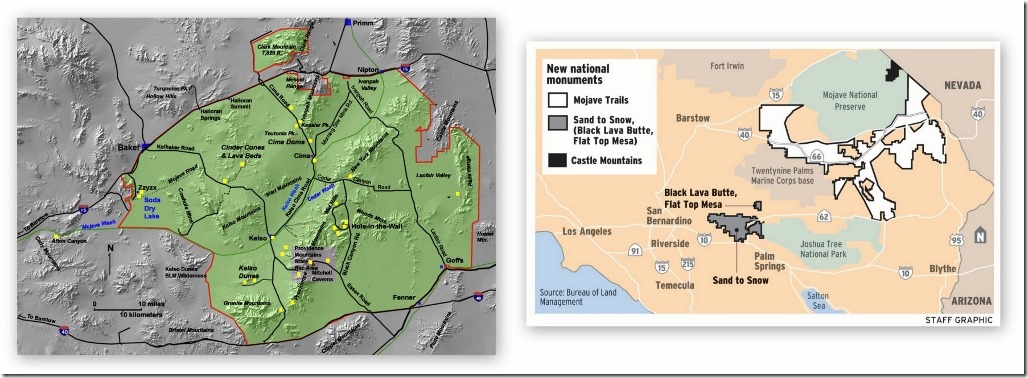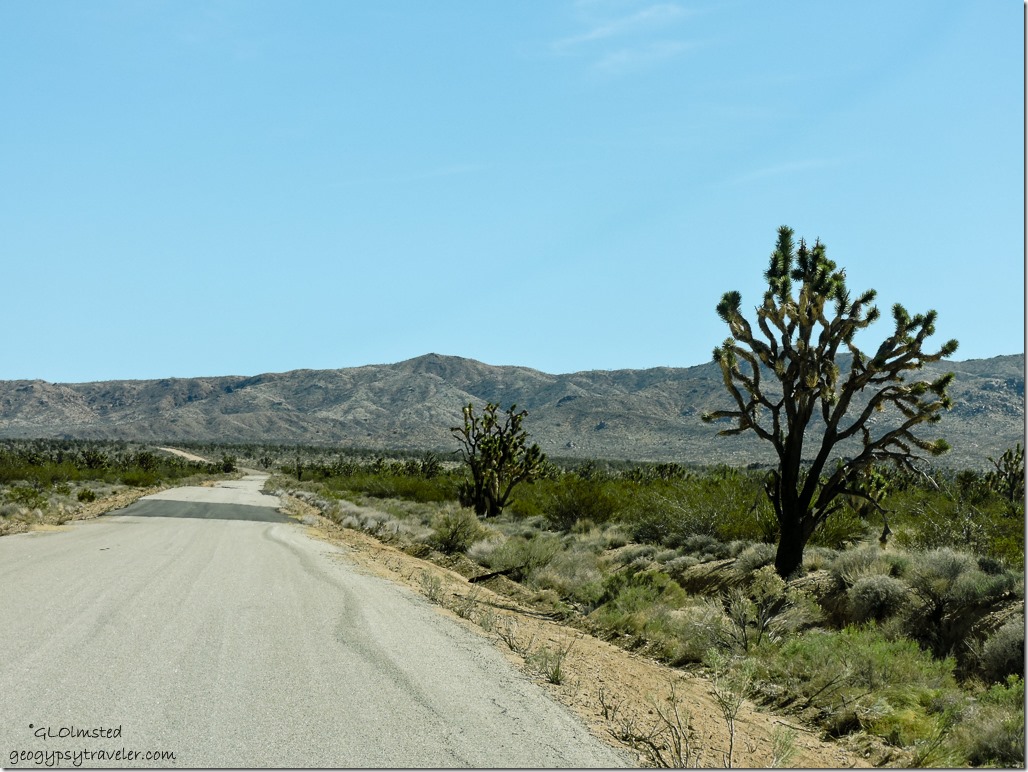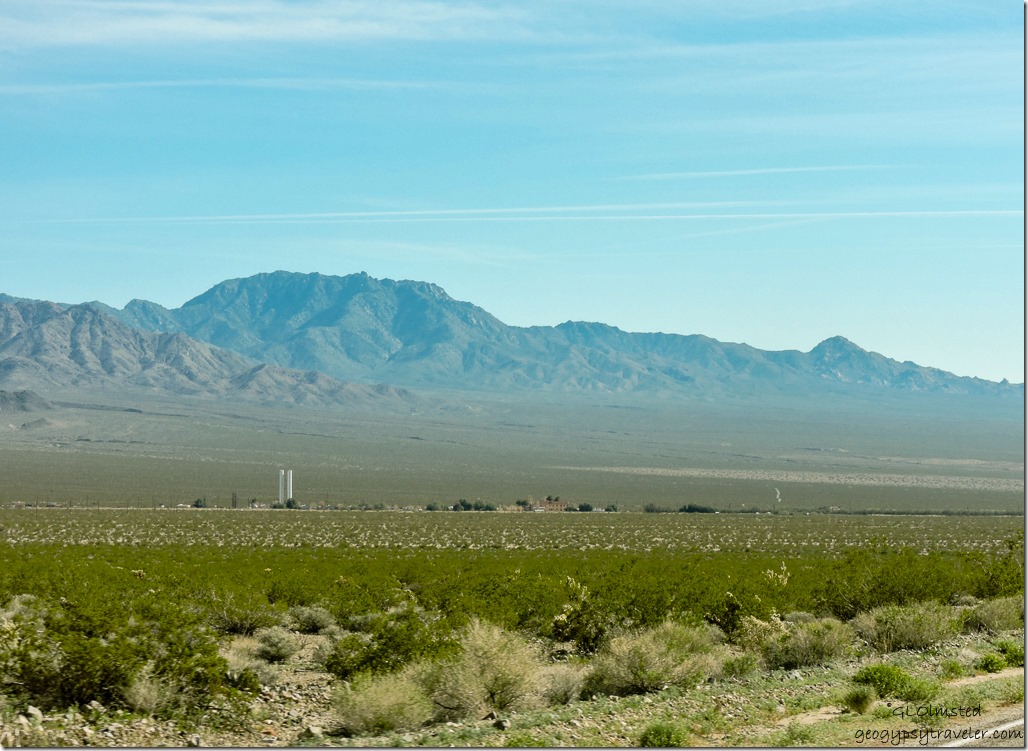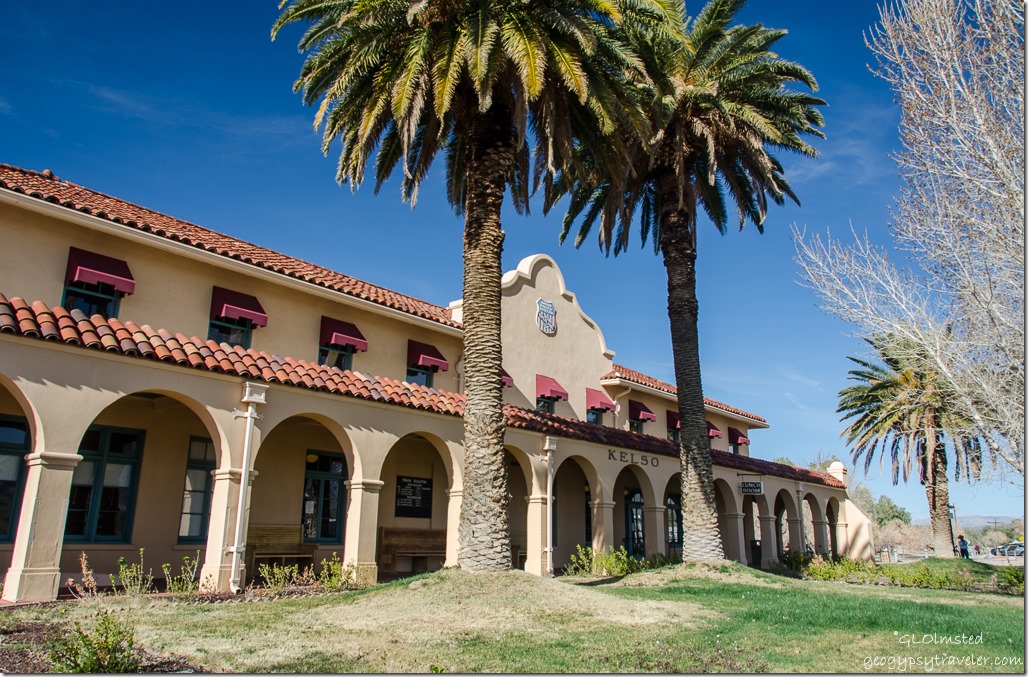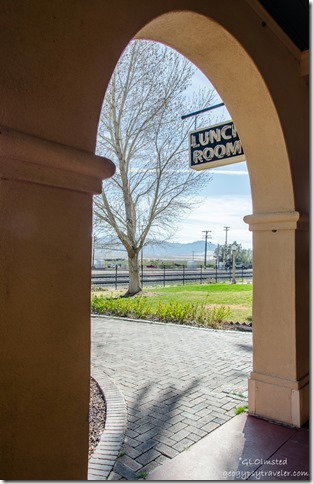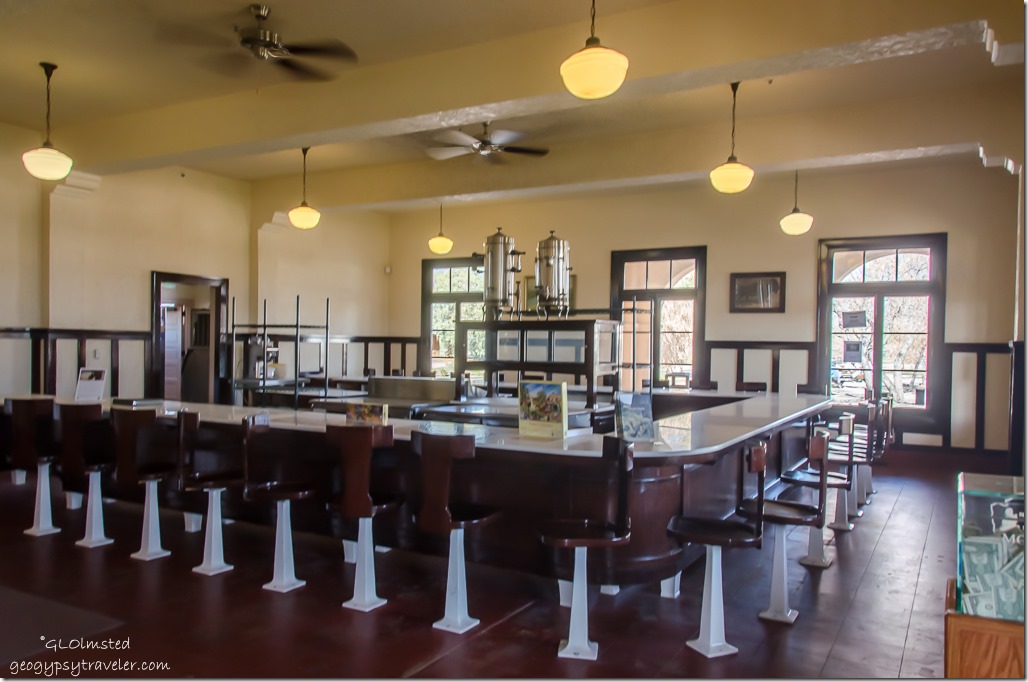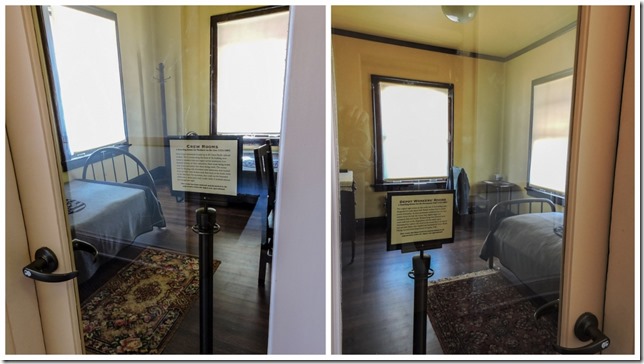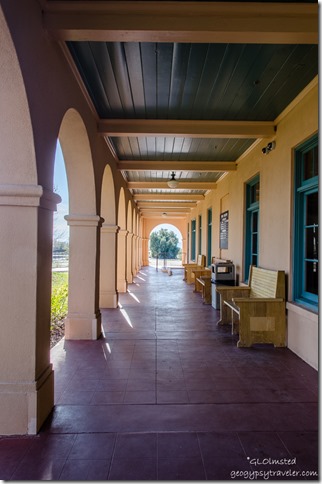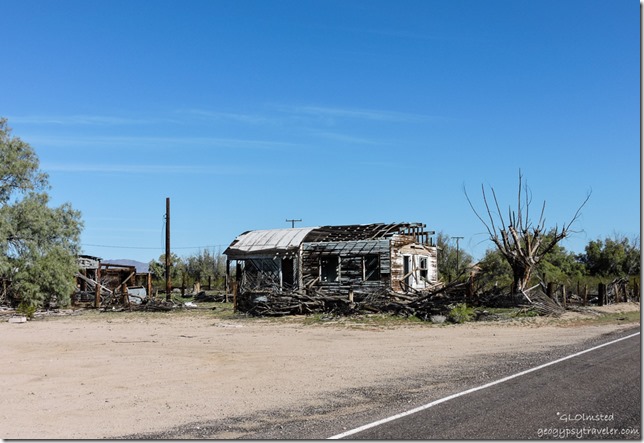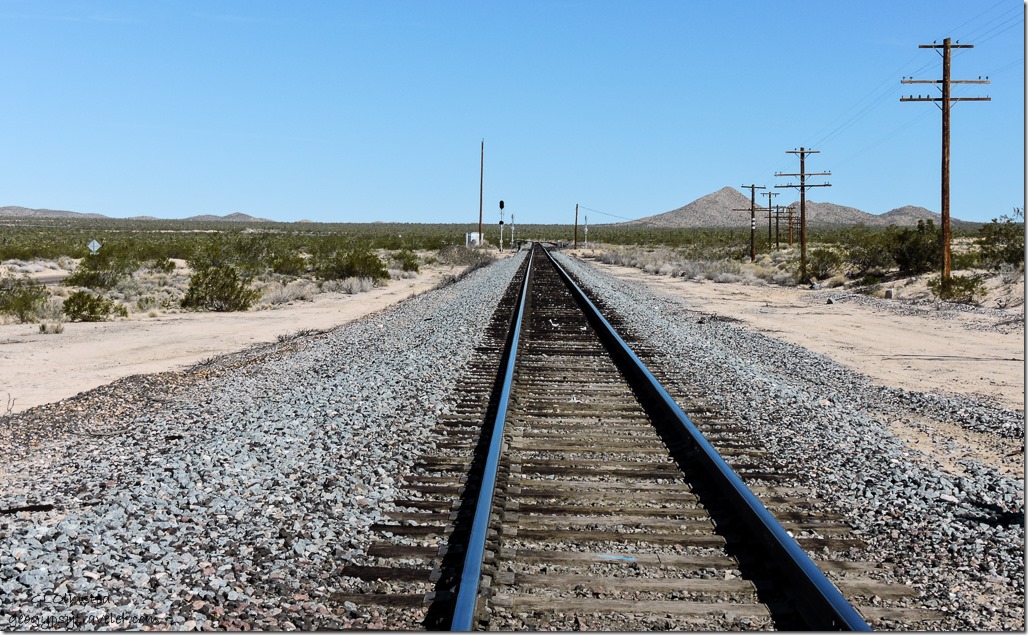February 21 & 22, 2016
Which hole, I kept asking Bill, is this place named for?
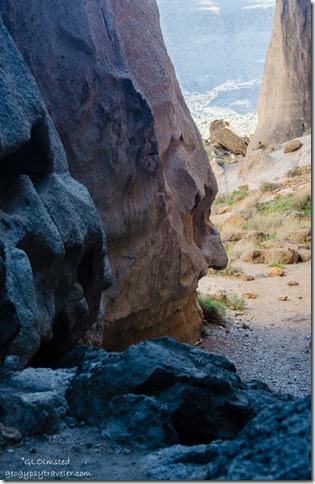 Many places in the west are called “Hole-in-the-Wall” but I’m not sure any except Mojave National Preserve offer a Rings Loop Trail with metal rings set in the rock to make a climb through the narrows of Banshee Canyon. Listen for the howl as the desert wind blasts through multiple holes in the canyon walls like the keening of a Gaelic hag continuously carving and sculpting this volcanic landscape. No wind brought the howl of banshees but there were plenty of places for them to hide.
Many places in the west are called “Hole-in-the-Wall” but I’m not sure any except Mojave National Preserve offer a Rings Loop Trail with metal rings set in the rock to make a climb through the narrows of Banshee Canyon. Listen for the howl as the desert wind blasts through multiple holes in the canyon walls like the keening of a Gaelic hag continuously carving and sculpting this volcanic landscape. No wind brought the howl of banshees but there were plenty of places for them to hide.
After a delightfully quiet night camping by Kelso Dunes we headed for Hole-in-the-Wall campground with a stop at the visitor center at Kelso Depot. Along the way I saw a hawk, no two hawks. I seem to be drawn to their presence. One landed on this nest. Then another flew in seemingly with some twigs to add to their cozy new home. Unfortunately, the camera didn’t focus well through the windshield. But I’m pretty sure they were a red-tail pair. I mentioned the sighting to the same Rangers we’d seen the day before and one of them said he’d look for the nest on his way to the dunes later that day.
We left Kelso about noon and paralleled the tracks through a Joshua Tree forest on the Kelso Cima Road for 14 miles (22 km) then right turn across the tracks onto Mojave Road toward the Mid Hills. About half the 6 miles (10 km) was paved before the road turned to gravel, a bit rough but doable under dry conditions. Then another right onto Black Canyon Road, still gravel, for 10 miles (16 km) to Hole-in-the-Wall Campground. The 20 miles (32 km) of roads coming from the south off I 40 are paved.
The landscape changed as we saw the burnt skeletons of twisted juniper. The plentiful winter rains in 2005 produced abundant plant growth with a wildflower display that competed with the same show in Death Valley. Yet as a dry summer advanced all that vegetation died creating a huge fuel source. On June 22, 2005, lightning strikes ignited seven fires that burned 70,736 acres over the next four days.
Surprisingly we saw fencing along the road, then ranch entrances, and even one for sale. Of course long before this was a National Preserve rugged ranchers ran cattle in the Mojave. Yet times were lean during drought through the late 1920s and 30s. Then with passage of the Taylor Grazing Act in 1934 requiring individual ranchers to clearly delineate and fence their ranges, and pay grazing fees to the government for forage consumed by each animal on public lands many moved on. Only a few remained by 1994 when Congress passed the California Desert Protection Act, which created Mojave National Preserve.
In 2005 three major ranching families sold their properties to the National Park Foundation and moved out of the area, retiring their grazing allotments. Because the government cannot directly acquire land, the foundation buys it and then donates it to the park service. The National Park Service recognizes ranching as part of the cultural heritage that made the desert a unique and special place. In fact the Preserve is in the process of creating the largest Historical Ranching District recorded in the National Register of Historic Places. The Providence Ranch is the largest remaining privately owned property within the Mojave National Preserve, owned by the same family for 100 years. Now for sale for $3,400,000. But there’s no guarantee the public land grazing rights go with that.
I’ll settle with this, and the Hole-in-the-Wall campground has large sites with lots of open space in between. It did take a few blocks to get level near the provided picnic table and fire pit. Plenty of toilets and water pumps scattered around but I’m not sure if the water was working in the campground although was available at the nearby Information Center. A good deal for $12/night dry camp, half with the Senior Pass, and didn’t cost millions to enjoy the views.
Is that The Hole-in-the-Wall?
Once set up we took off on the 1 mile (1.6 km) Rings Loop Trail knowing that we’d not climb the boulders using the rings with Sasha along but turn around instead. Very easy walk up to that point towards the end of the loop. Well signed but pay attention.
About 1/4 mile (.4 km) along the trail we saw petroglyphs on a few well varnished boulders. I later learned of more petroglyphs in Mojave National Preserve at Cow Cove located on the northeast fringes of the Aiken Cinder Cone field and off an unmarked road between Baker and Keslo where we drove in. I couldn’t find any authoritative information about the people who made these marks. Yet the name “Mojave/Mohave” has been used as the name of an Indian tribe who lived – and whose survivors still live – along the Colorado River. And they claim that their true Indian name always was, and is, Aha macave (pronounced aha makav, all a’s sounded as the a in “father,” the c as in “cool,” the e silent) which translates as “people who live along the water (river).”
Desert Bighorn Sheep still live in the Preserve but we weren’t lucky enough to see any.
The trail loops around a rock outcrop with wide open spaces and we could see where Wild Horse Canyon Road loops back north to the Mid Hills campground.
Then we saw a dark shadow that would lead us into Banshee Canyon. There is actually a parking lot off this road that brings you closer to the actual canyon mouth but then you’d miss the petroglyphs.
A slip through this crack in the rock brought us to a wonderland with rock walls like Swiss cheese and many faces. A small alcove supported grasses and trees.
Is that The Hole-in-the-Wall?
Other cracks beckoned into usually short dead ends. Could somebody have been climbing a stairway to heaven? Appears to be hand and toe holes on this rock face, but I don’t think they are ancient. Is this the hole this place was named for?
Actually, these holes have been enlarged by the power of that banshee wind erosion and are examples of tafoni, a rock weathering pattern. Turns out this rock, or tuff beds, were created millions of years ago when a nearby volcano erupted, covering the area with a mixture of gas and ash. As the ash cooled the gas dissipated leaving behind the holes in the walls.
Even the trail route appears to be a dead end, or one heck of a climb. To make it “safe for hikers to continue,” there are two sets of rock-mounted ringbolts, which you can use as hand holds and steps through two dry falls of 100 feet (30 m). Which of course we didn’t do because of Sasha.
But we did return to the other end of the loop the next morning and still didn’t climb it. I’m sure I could, but didn’t need to prove it. We saw two women start down to the out-of-site ‘rings’ and spoke to them after their quick return. They said it was a bear and decided to tackle it from the lower end where we’d been the day before. I think climbing up would be easier than down.
Several other trails, without the need for rings, are accessible from Hole-in-the-Wall campground. A 1/4 mile (.4 km) nature trail leads to the Information Center where we met a very informative volunteer. The 6 mile (9.6 km) Barber Peak Loop Trail connects to the 8 mile (12.8 km) one-way route to Mid Hills campground.
Hearing not the banshee, but the call to home, we left Mojave National Preserve with a desire to return, to see and learn more about this hugely diverse landscape.
From there we left the Preserve and headed towards Lake Mead in Nevada. My question still unanswered. Which hole is this place named for?
How many rock faces did you see?
Note: March 28 – April 28, 2016 Kelbaker Road closure from Baker to Kelso for planned road work. Can enter 39 miles east on I 15 on the Cima Road instead. 2/22/16 – 3/3/16 the water system at Kelso will be shut down to replace waste system infrastructure. Portable toilets are available; bottled water is available for purchase when the visitor center is open. Check Mojave National Preserve website for current information.

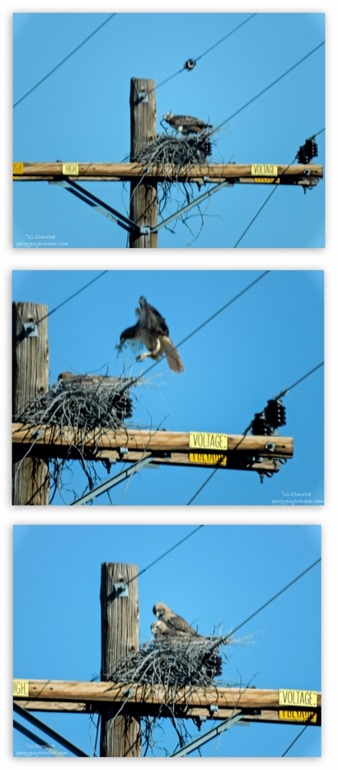
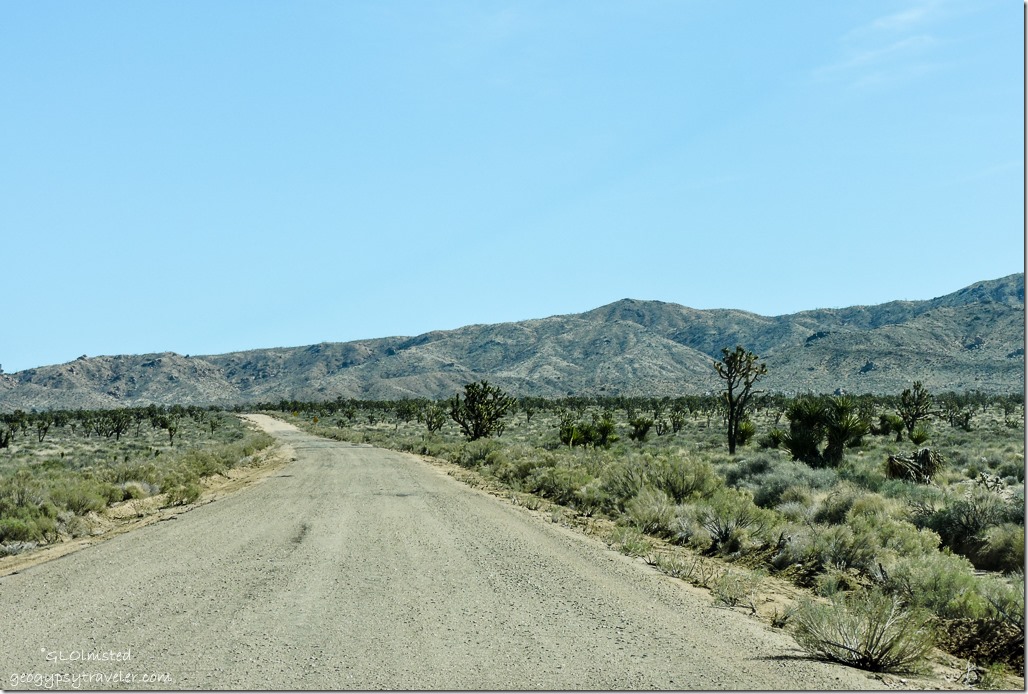
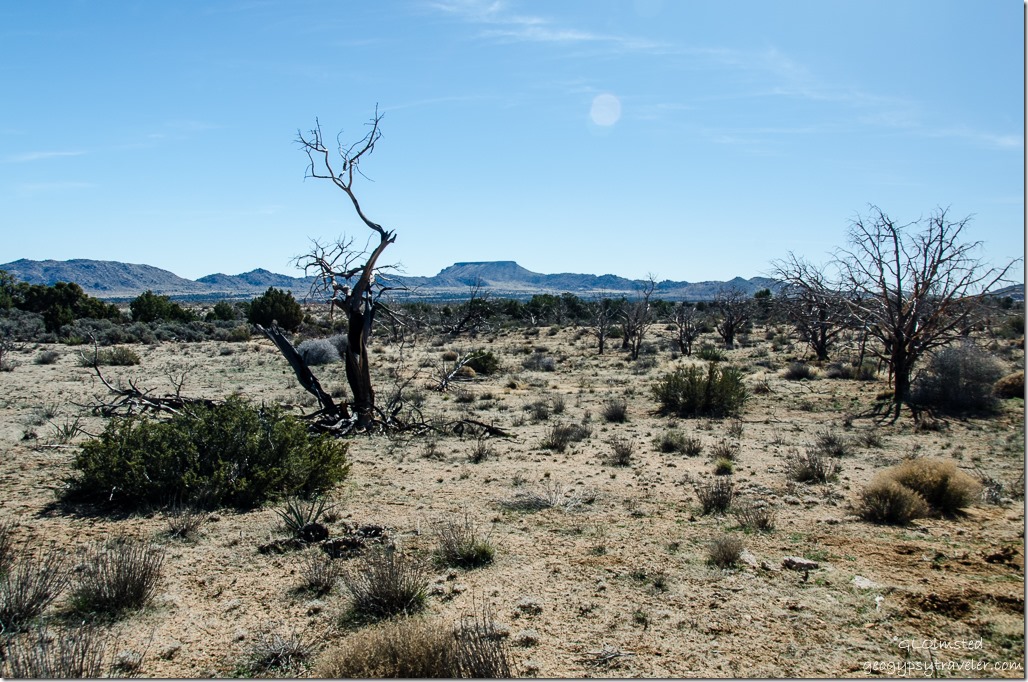
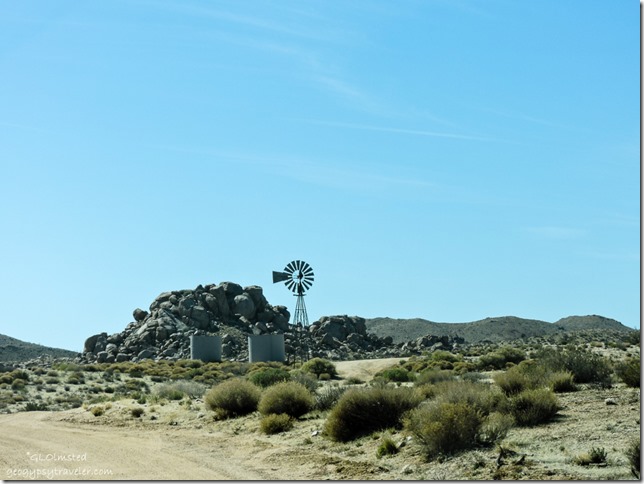
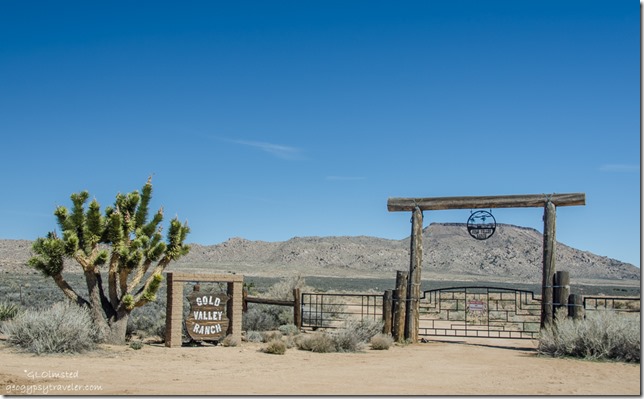
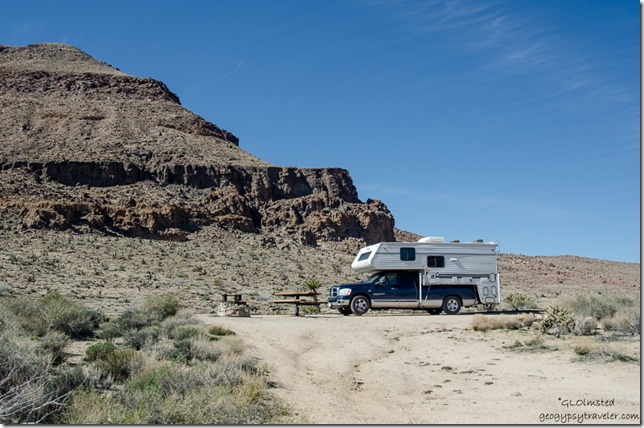
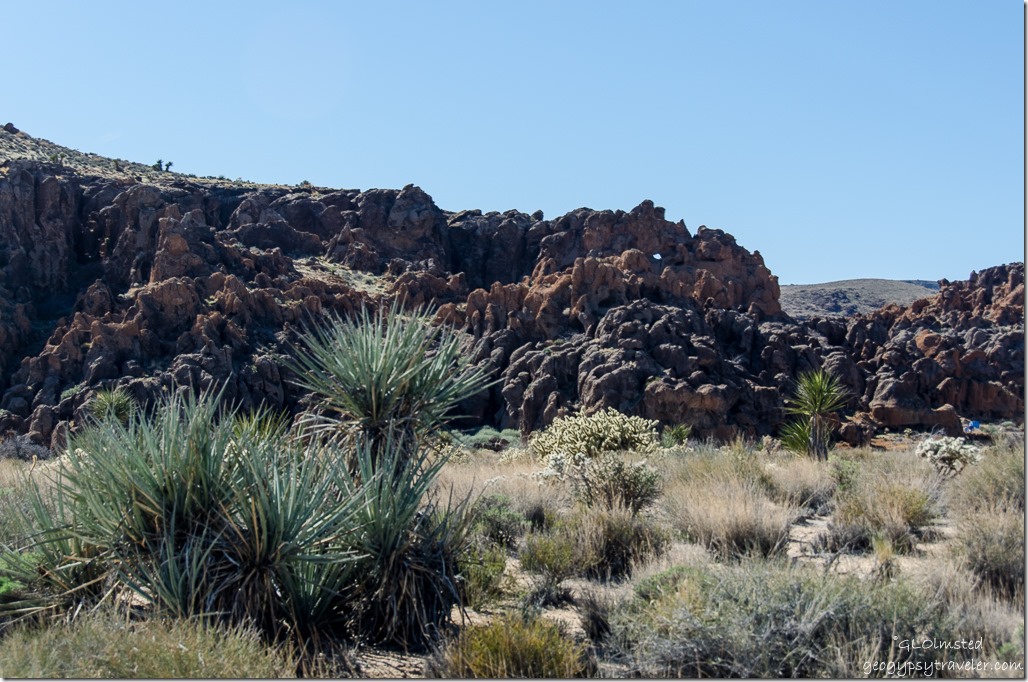
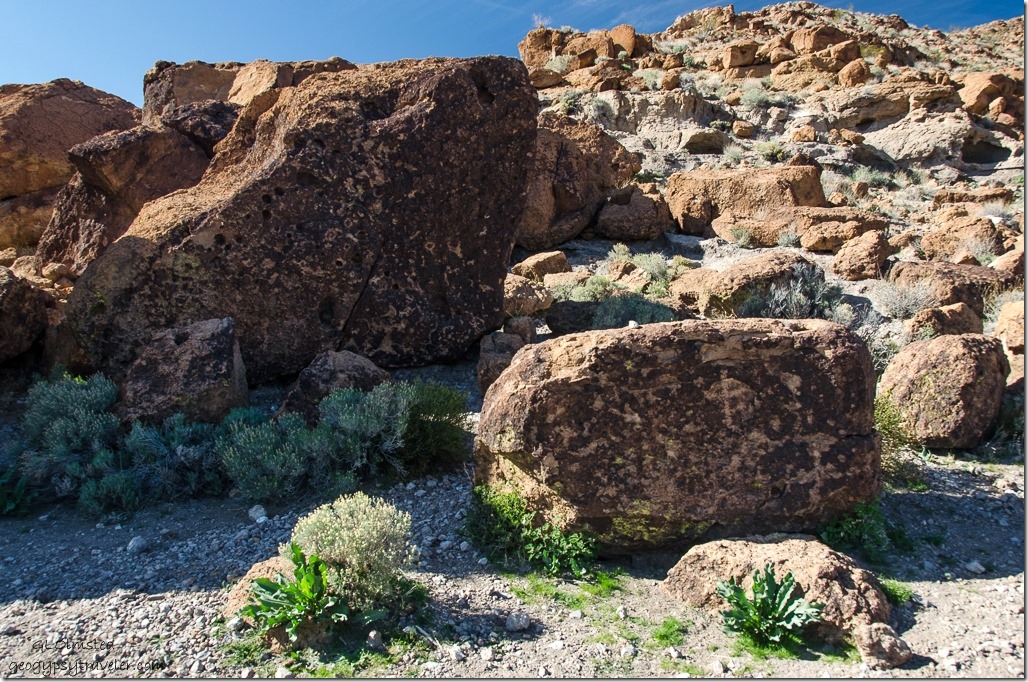
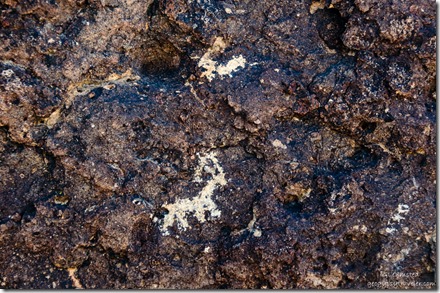
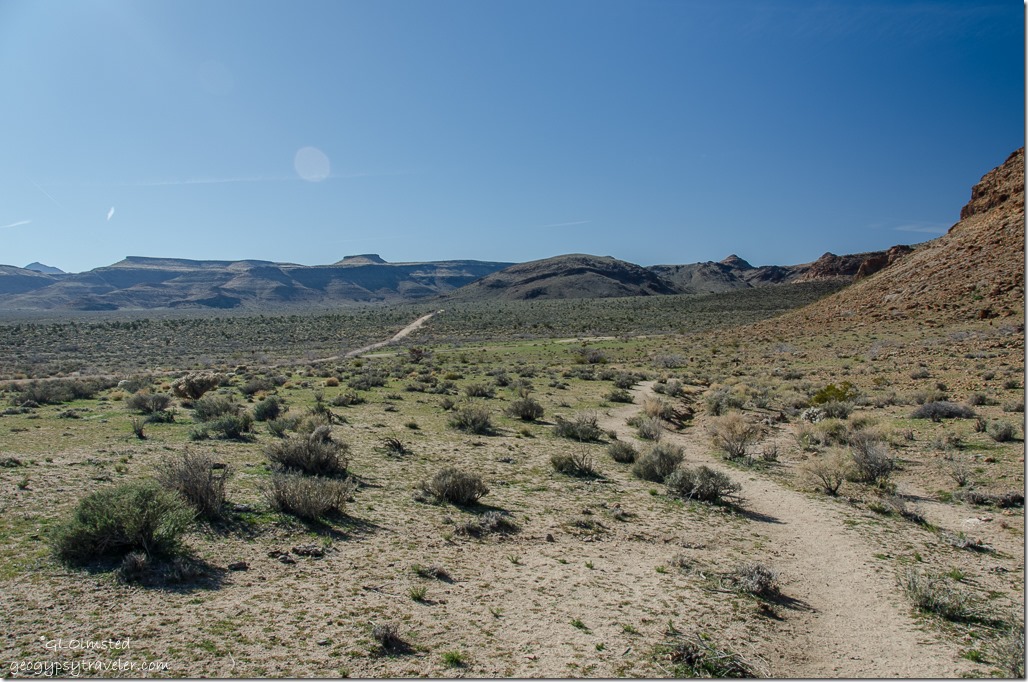
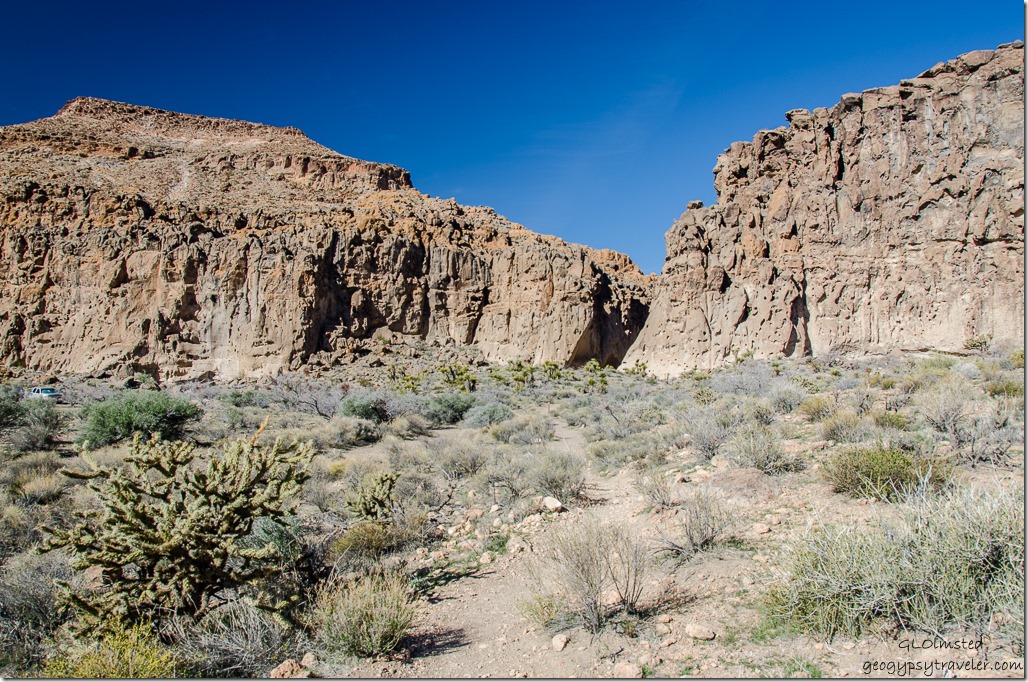
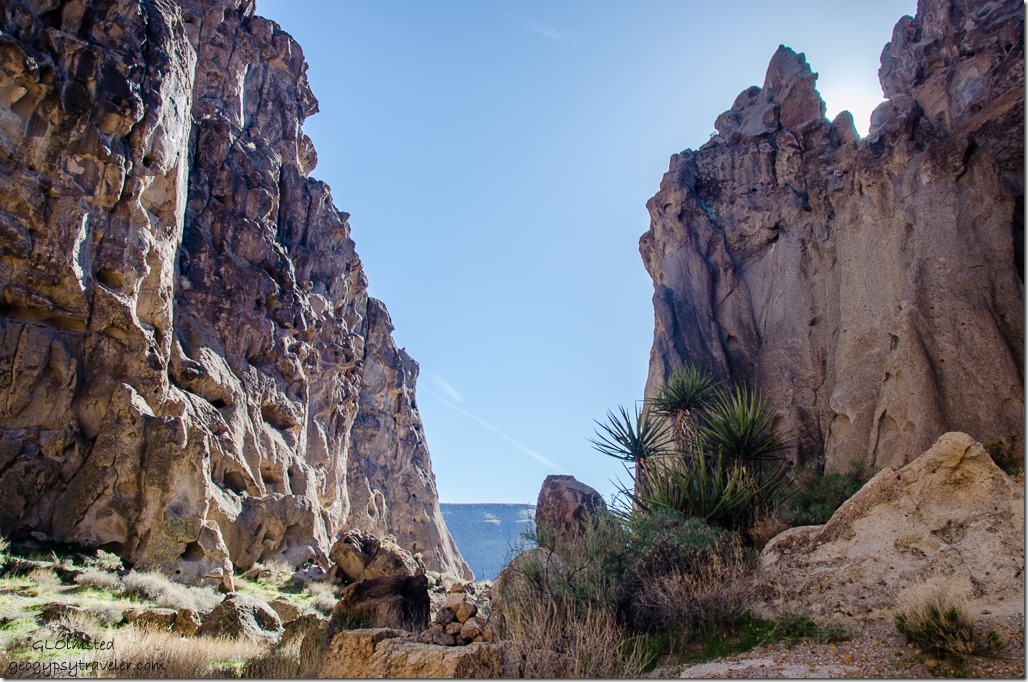
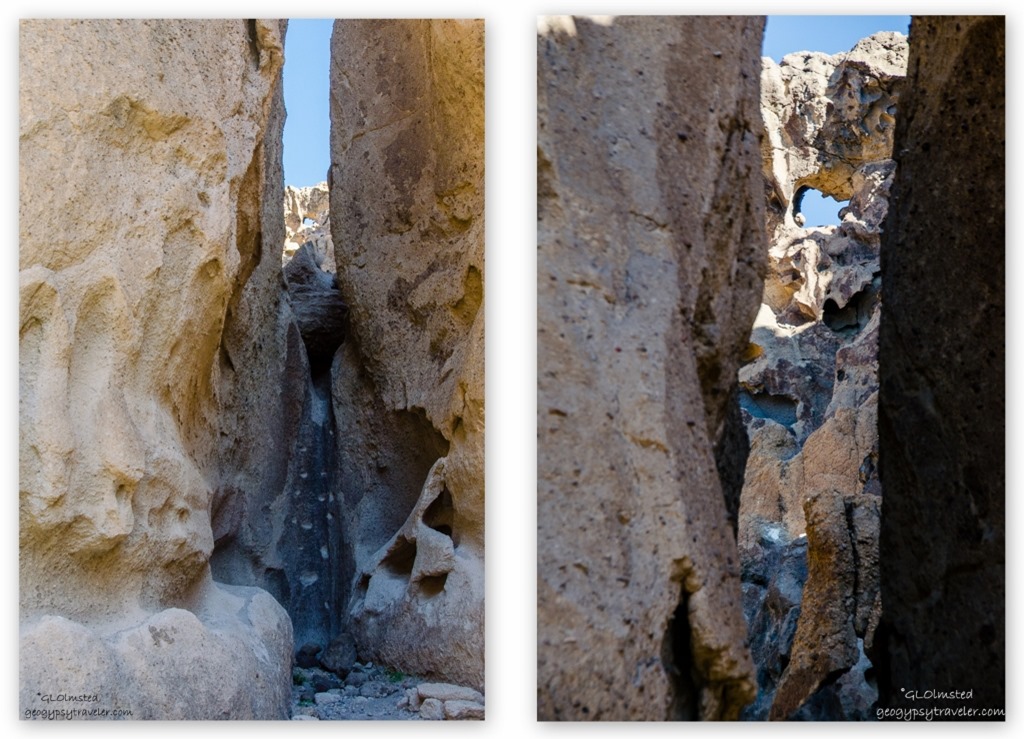
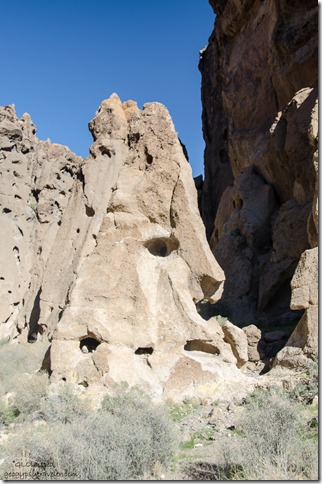
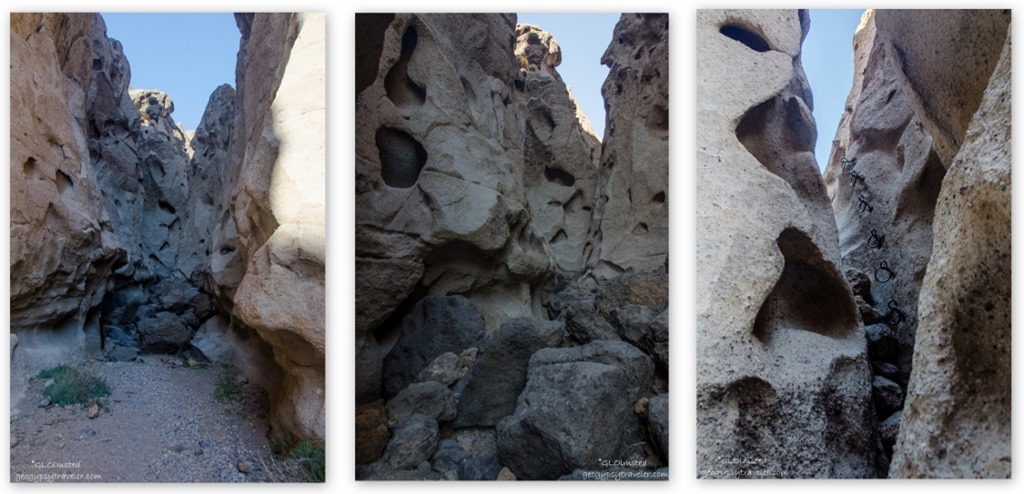
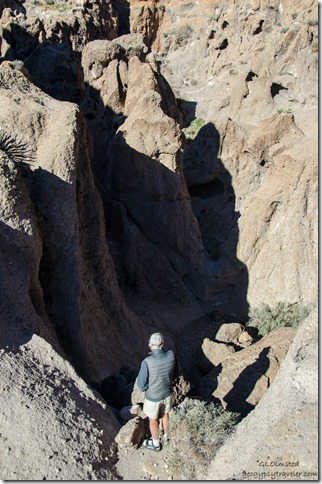
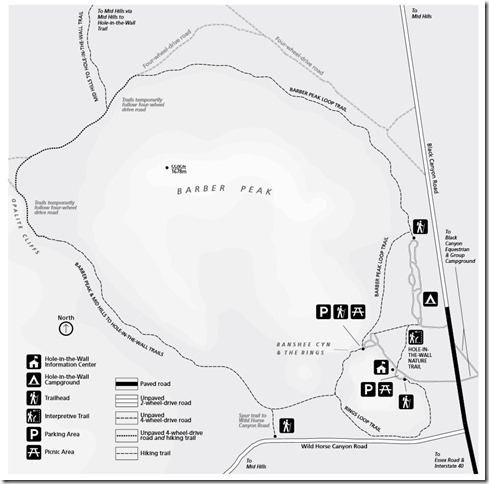

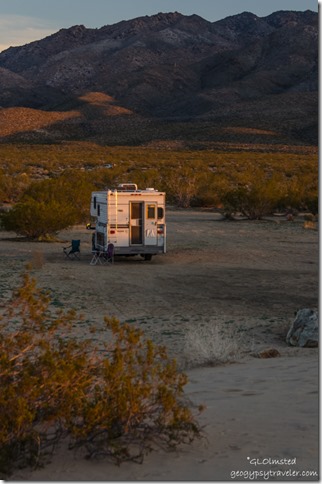
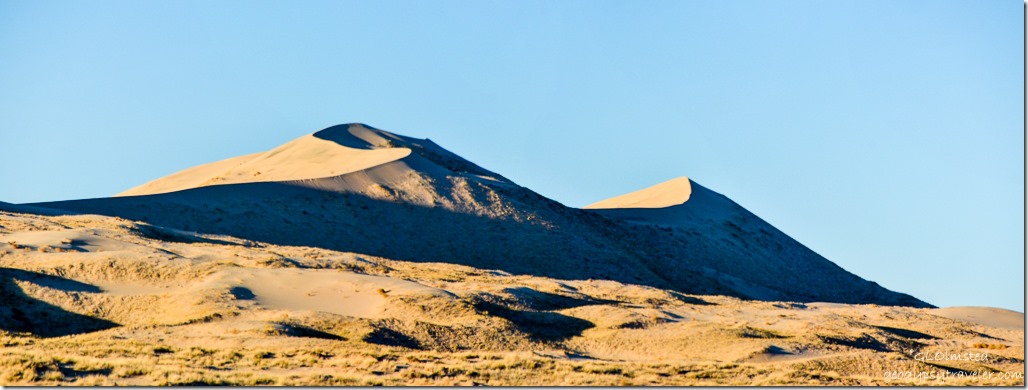
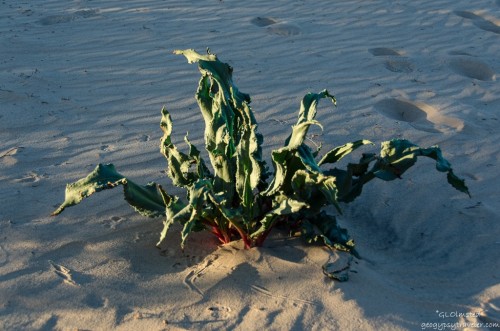 Always ask the Ranger. Which I forgot to do regarding this plant.
Always ask the Ranger. Which I forgot to do regarding this plant.